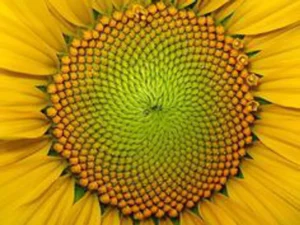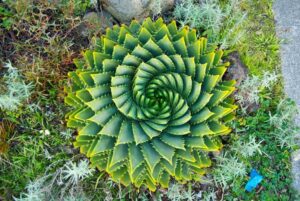
Nature is an exquisite artist, often painting with patterns that mesmerize and inspire. Among its many wonders, the Fibonacci sequence stands out as a mathematical fingerprint embedded in the very fabric of living organisms. From the graceful spirals of seashells to the intricate arrangements of leaves and petals, these patterns captivate both scientists and artists alike.
The Fibonacci Sequence in Nature
The Fibonacci sequence is a series of numbers where each number is the sum of the two preceding ones: 0, 1, 1, 2, 3, 5, 8, 13, 21, and so on. This sequence manifests in various forms across the natural world. One of the most famous examples is the arrangement of seeds in a sunflower’s head, following spirals that conform to Fibonacci numbers. This pattern ensures efficient packing of seeds, maximizing space and allowing for optimal growth.
Spirals and Ratios: Nature’s Design Language
Spirals based on Fibonacci numbers appear not only in sunflowers but also in pinecones, pineapples, and even galaxies. These spirals follow the Golden Ratio, approximately 1.618, a proportion revered for its aesthetic harmony. In animals, the arrangement of scales on a pine cone or the curve of a ram’s horn echoes this mathematical elegance, reflecting evolutionary advantages linked to efficiency and growth.
Evolutionary Advantage and Adaptation
Beyond their beauty, Fibonacci patterns offer evolutionary advantages. For instance, the curve of a nautilus shell provides structural strength while maintaining buoyancy, essential for its survival in ocean currents. In plants, the arrangement of leaves around a stem ensures each receives maximum sunlight without shading others, promoting efficient photosynthesis.
Cultural and Artistic Influence
The ubiquity of Fibonacci patterns in nature has also influenced human art, architecture, and design throughout history. From ancient Greek sculptures to Renaissance paintings and modern skyscrapers, architects and artists have incorporated Fibonacci proportions to evoke natural beauty and structural integrity.
Conclusion
Nature’s Fibonacci patterns, woven into the tapestry of life, illustrate the interconnectedness of mathematics and biology. They showcase the elegance of evolutionary adaptation and the timeless allure of natural design. By exploring these universal patterns, we gain deeper insights into the mysteries of life itself and find inspiration to innovate across disciplines.
In conclusion, the Fibonacci sequence unveils a profound connection between mathematics and the natural world, demonstrating nature’s inherent order and beauty. As we continue to unravel these patterns, we enrich our understanding of biodiversity and the fundamental principles that shape our universe.



